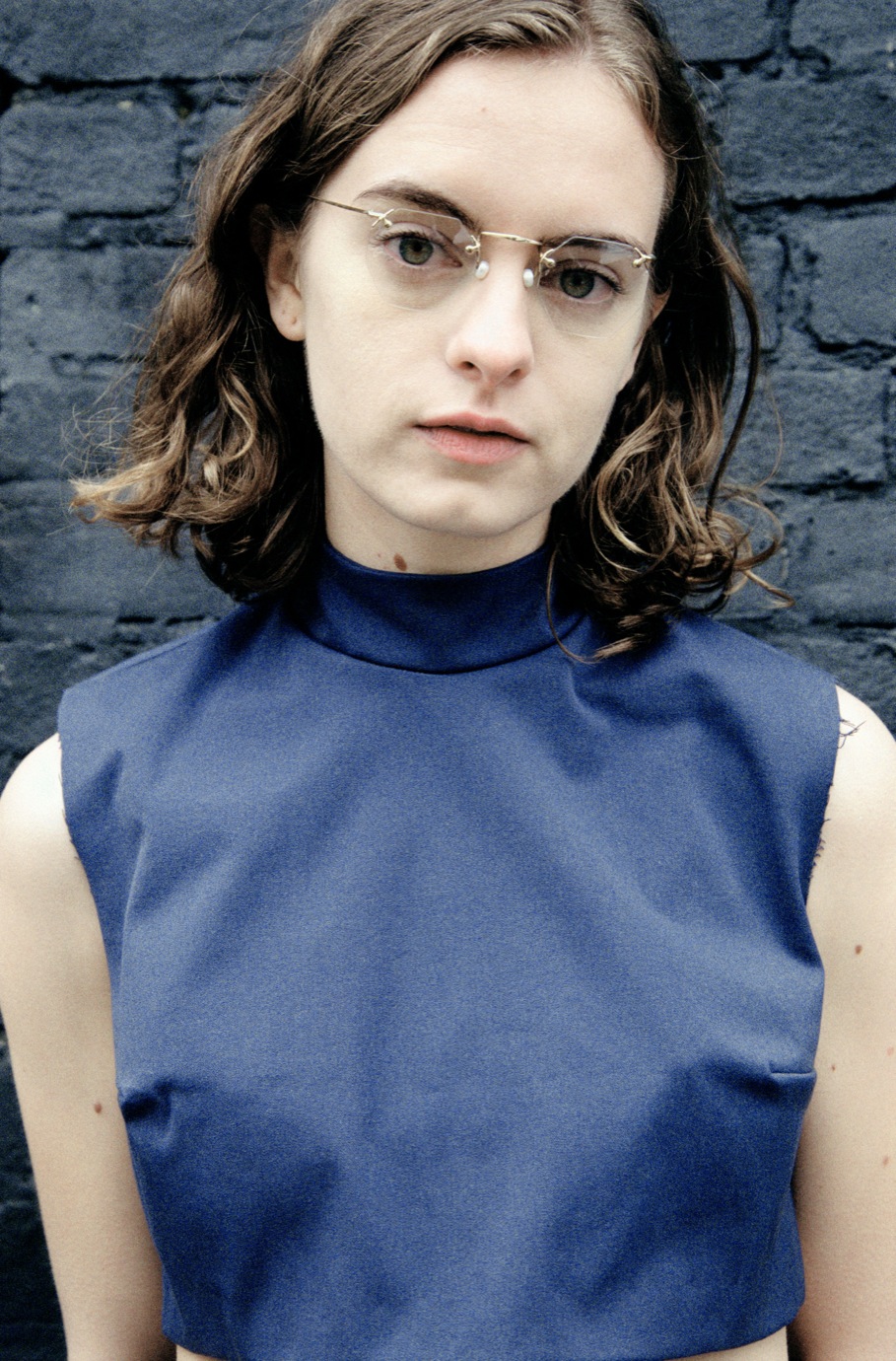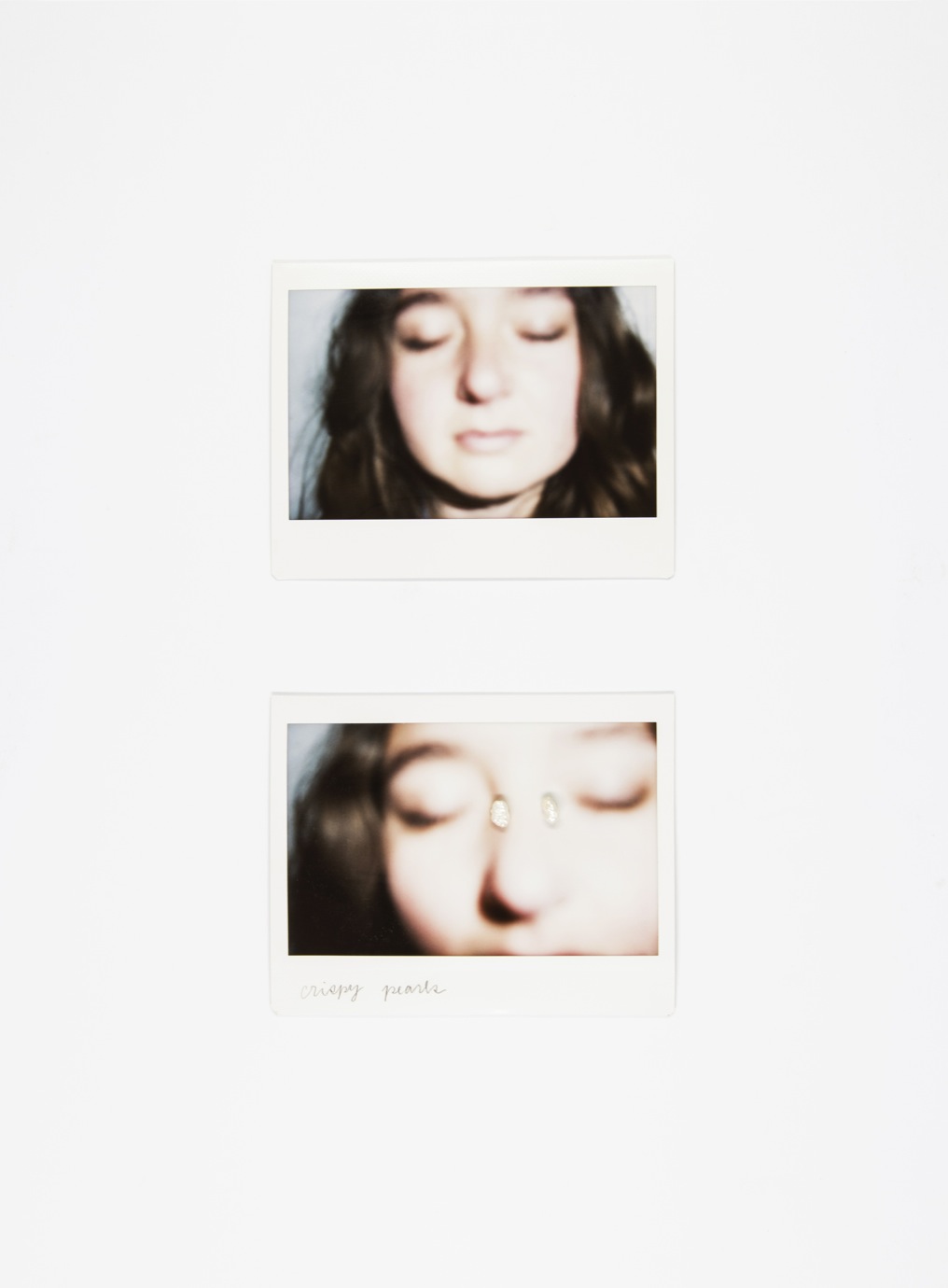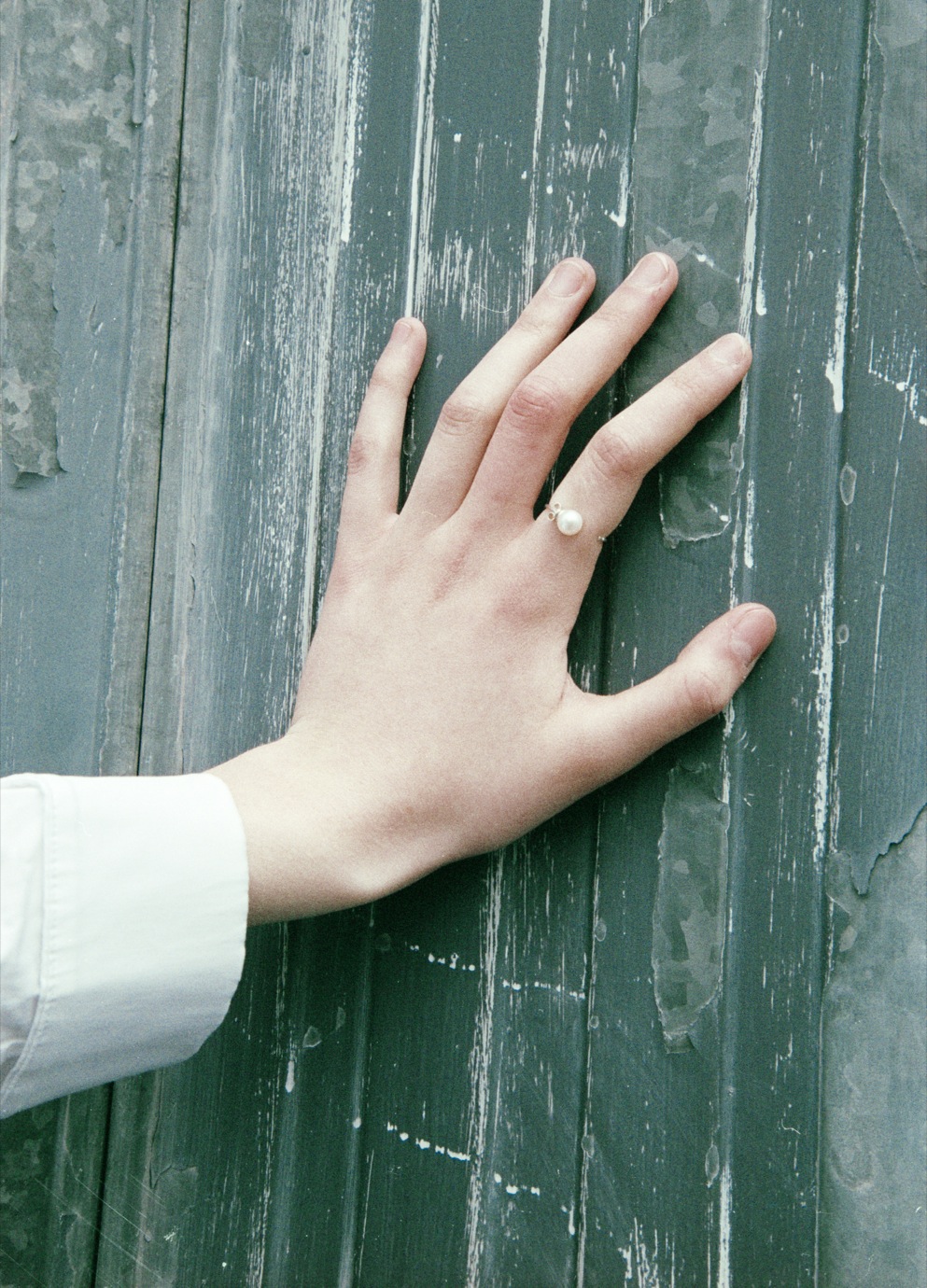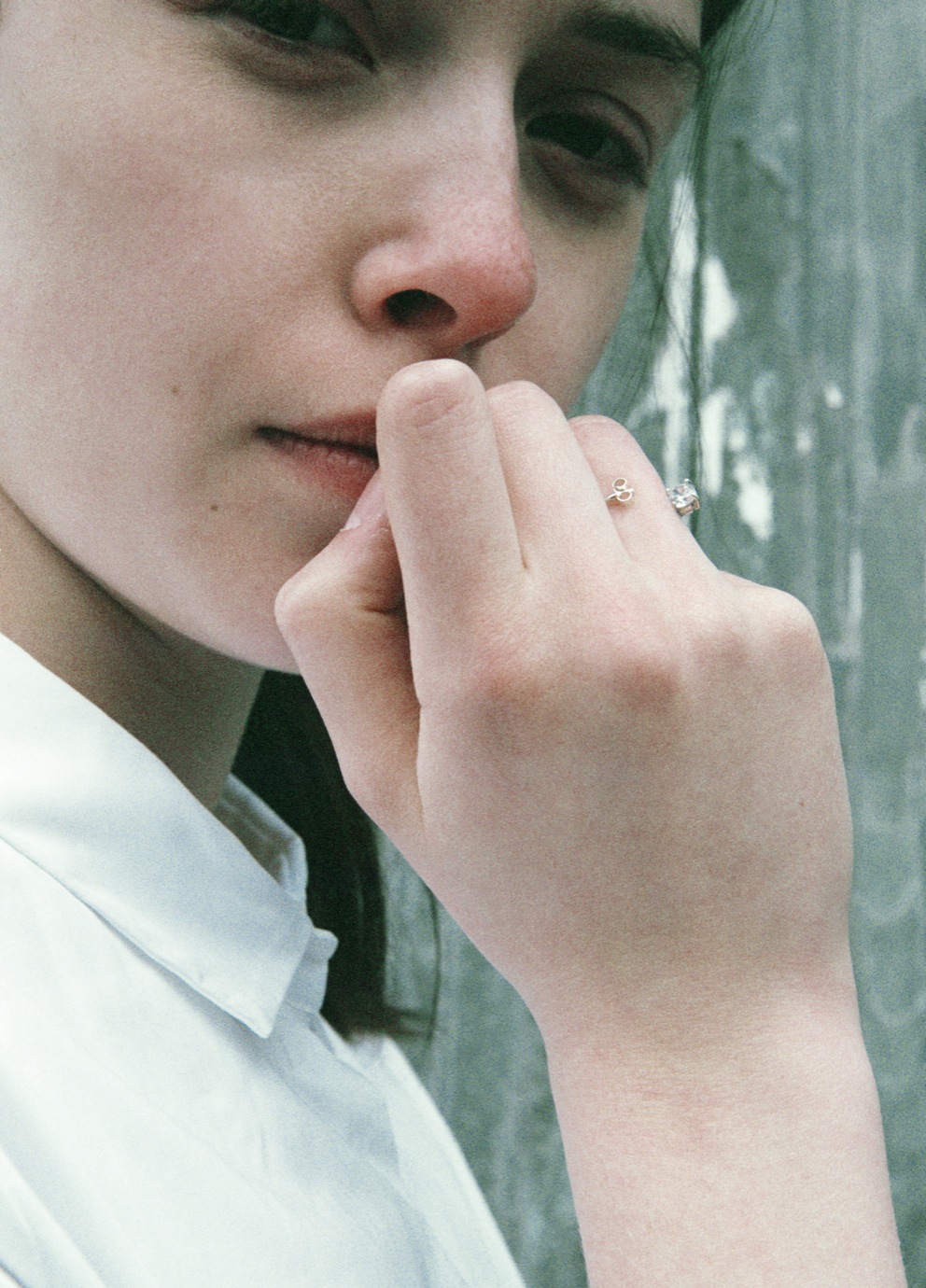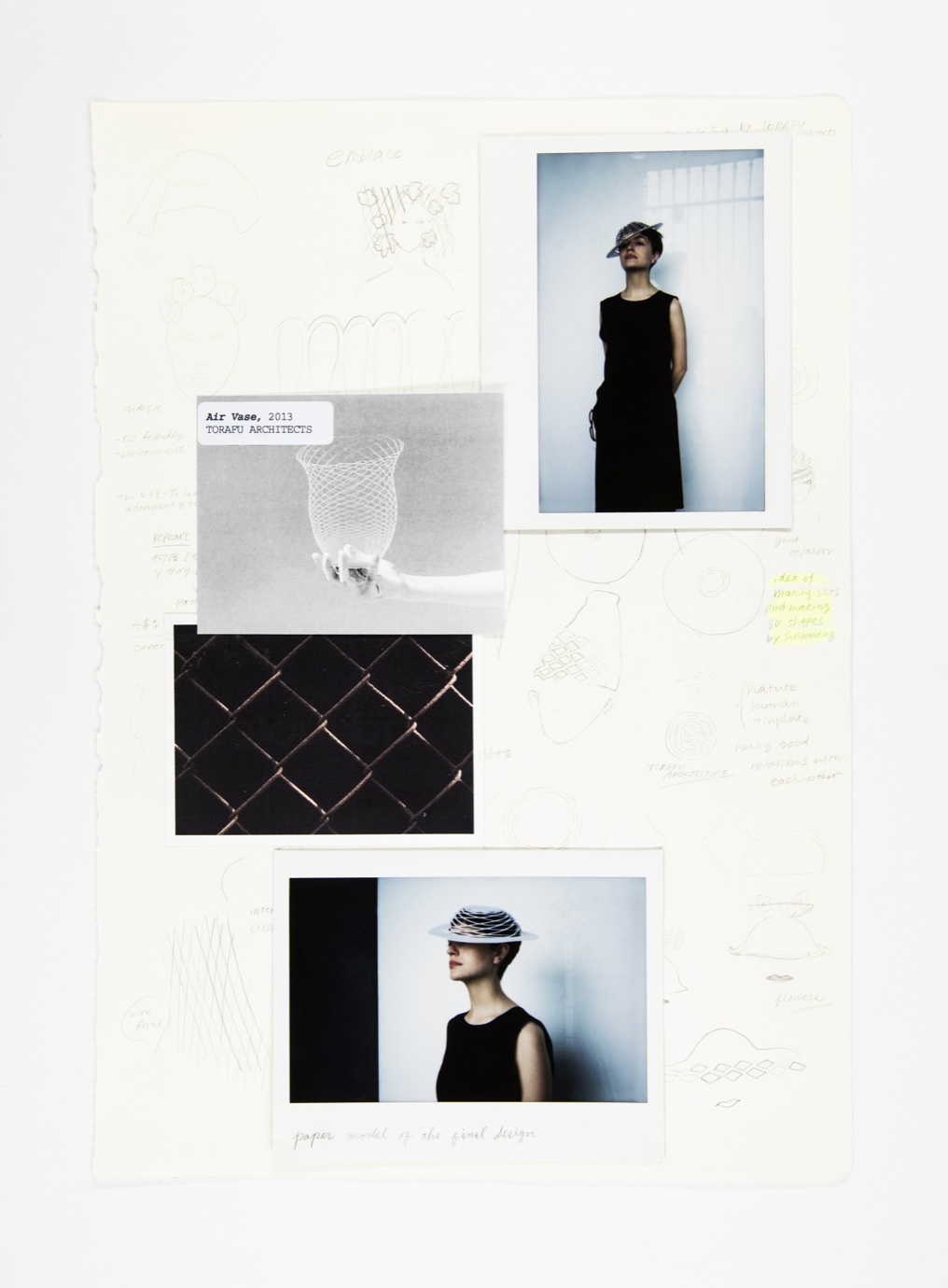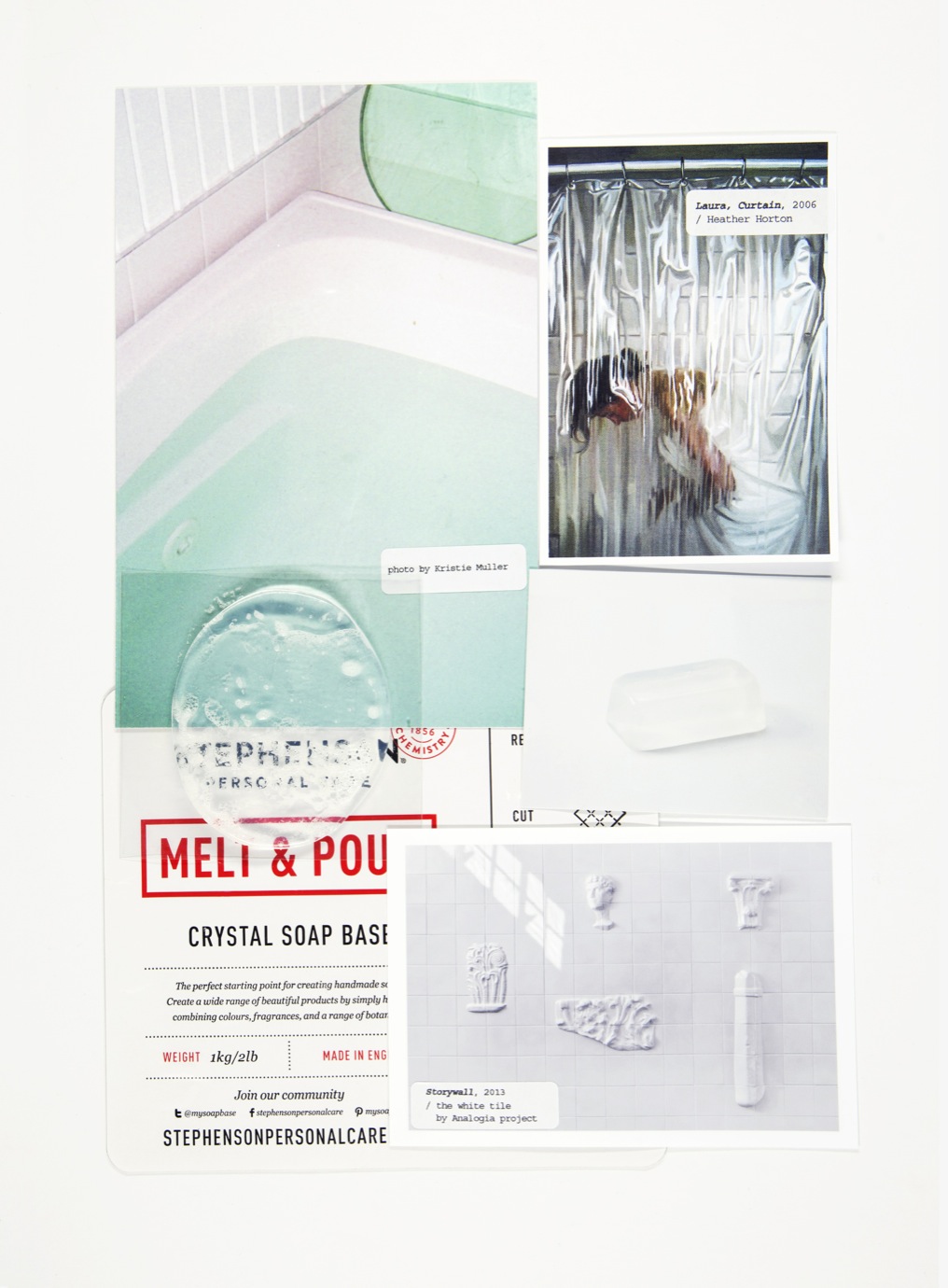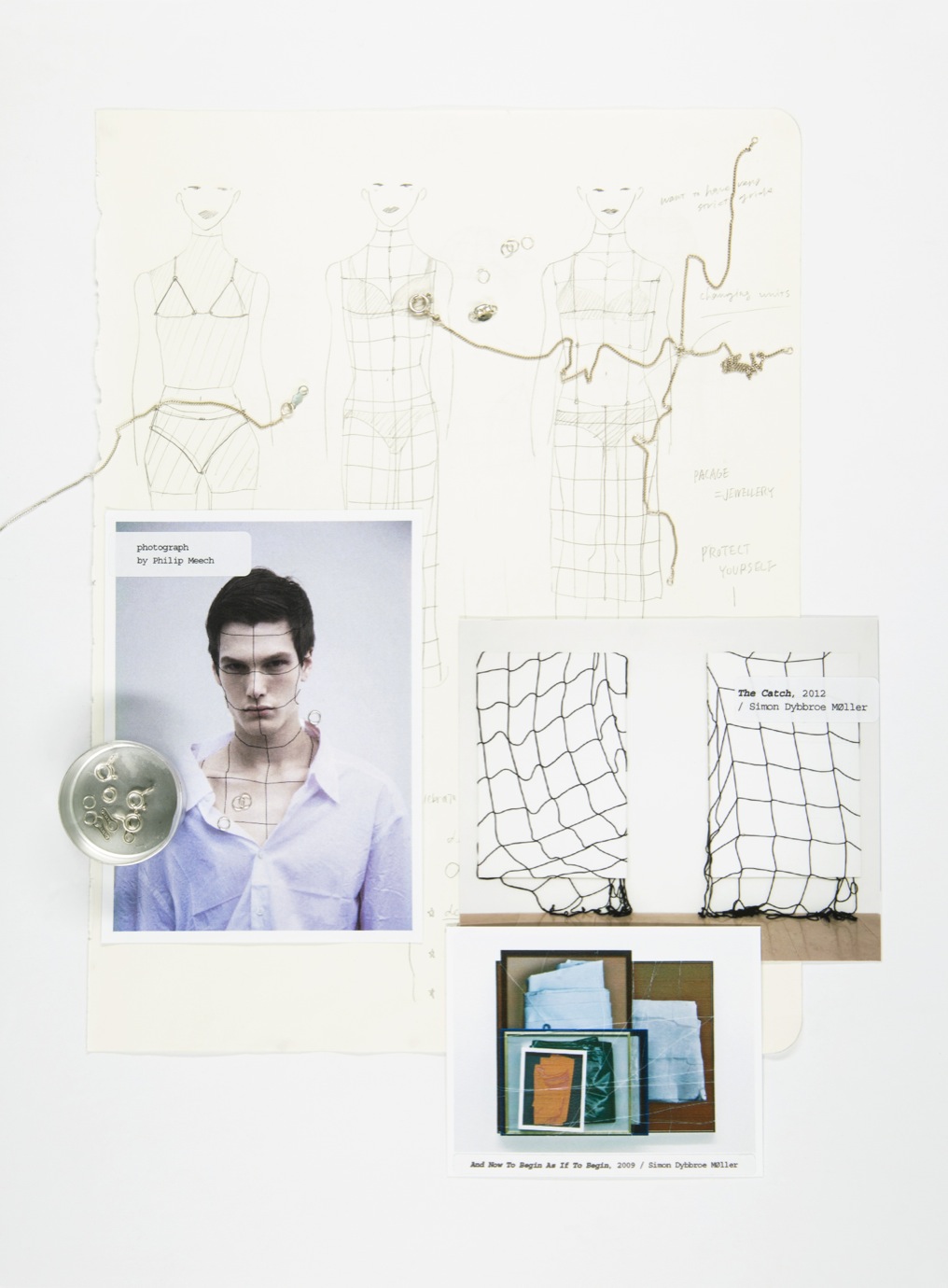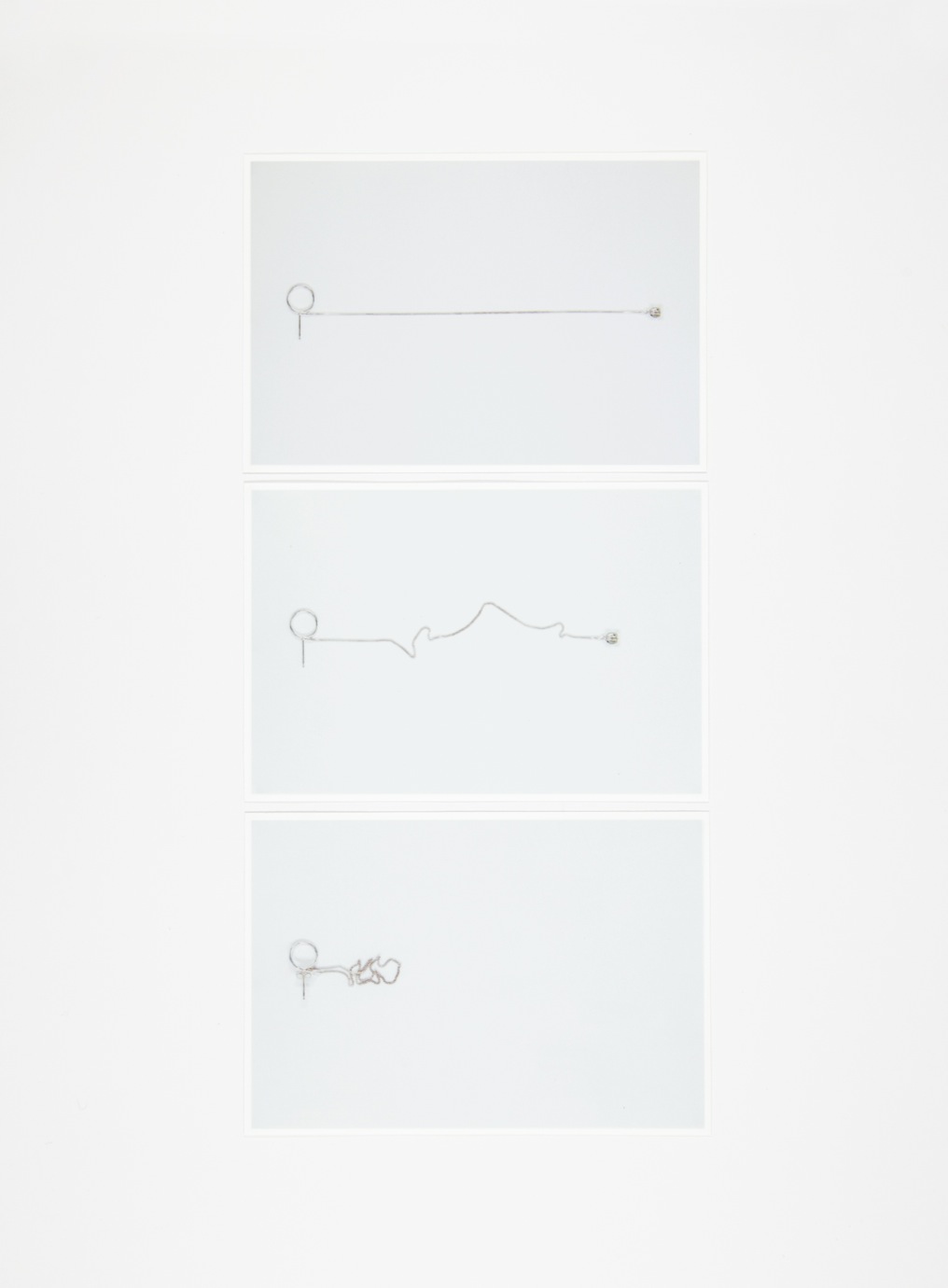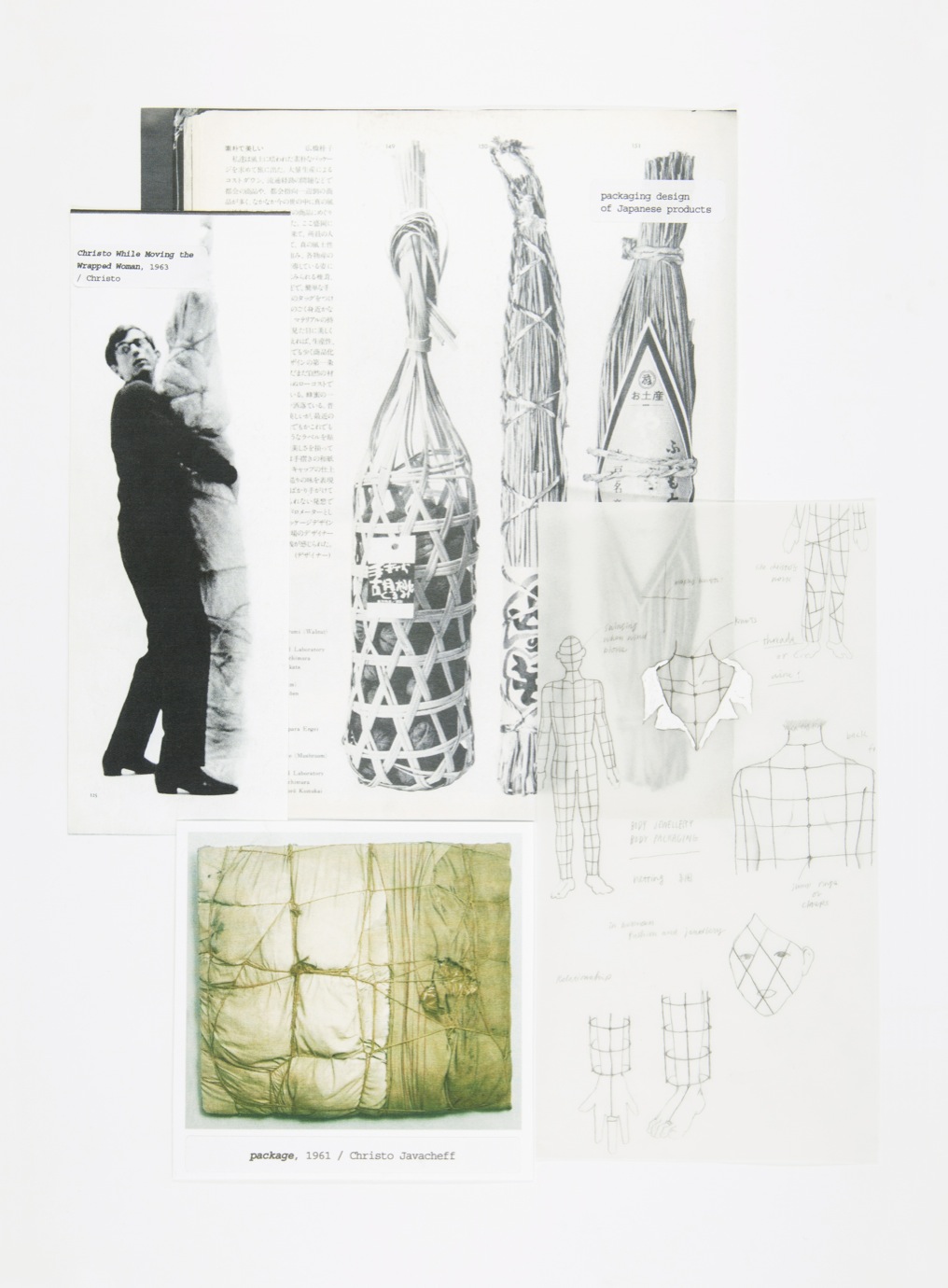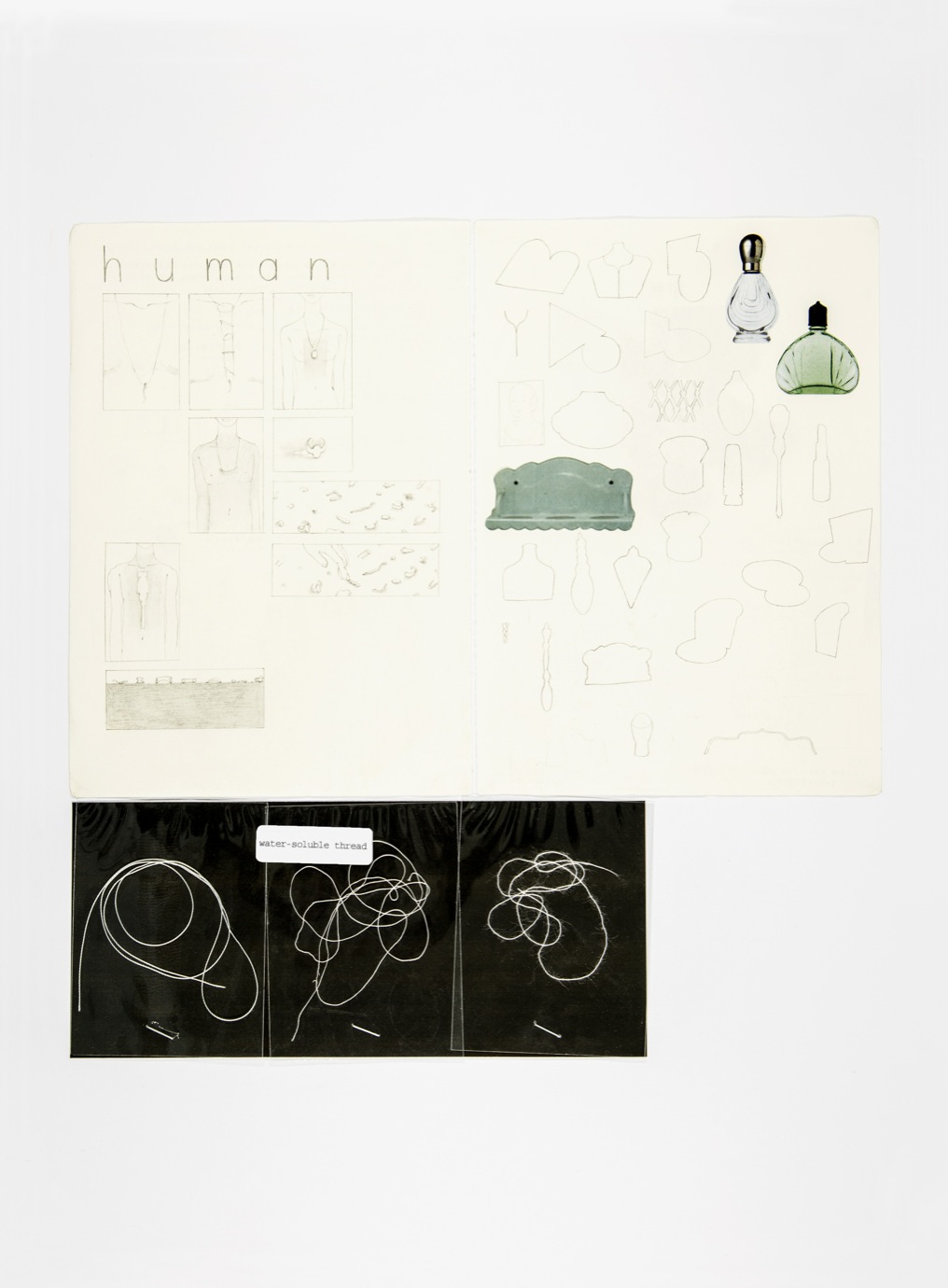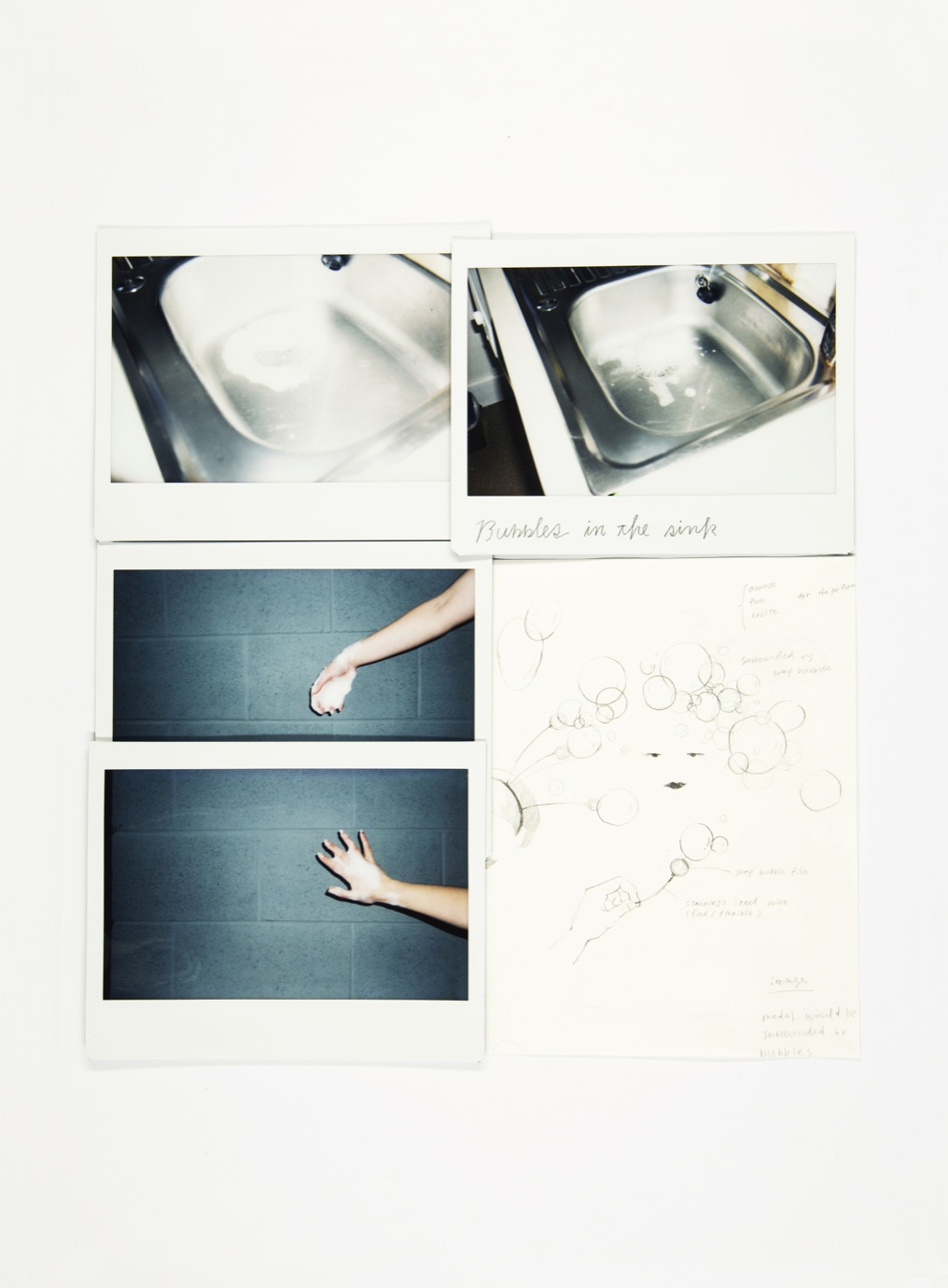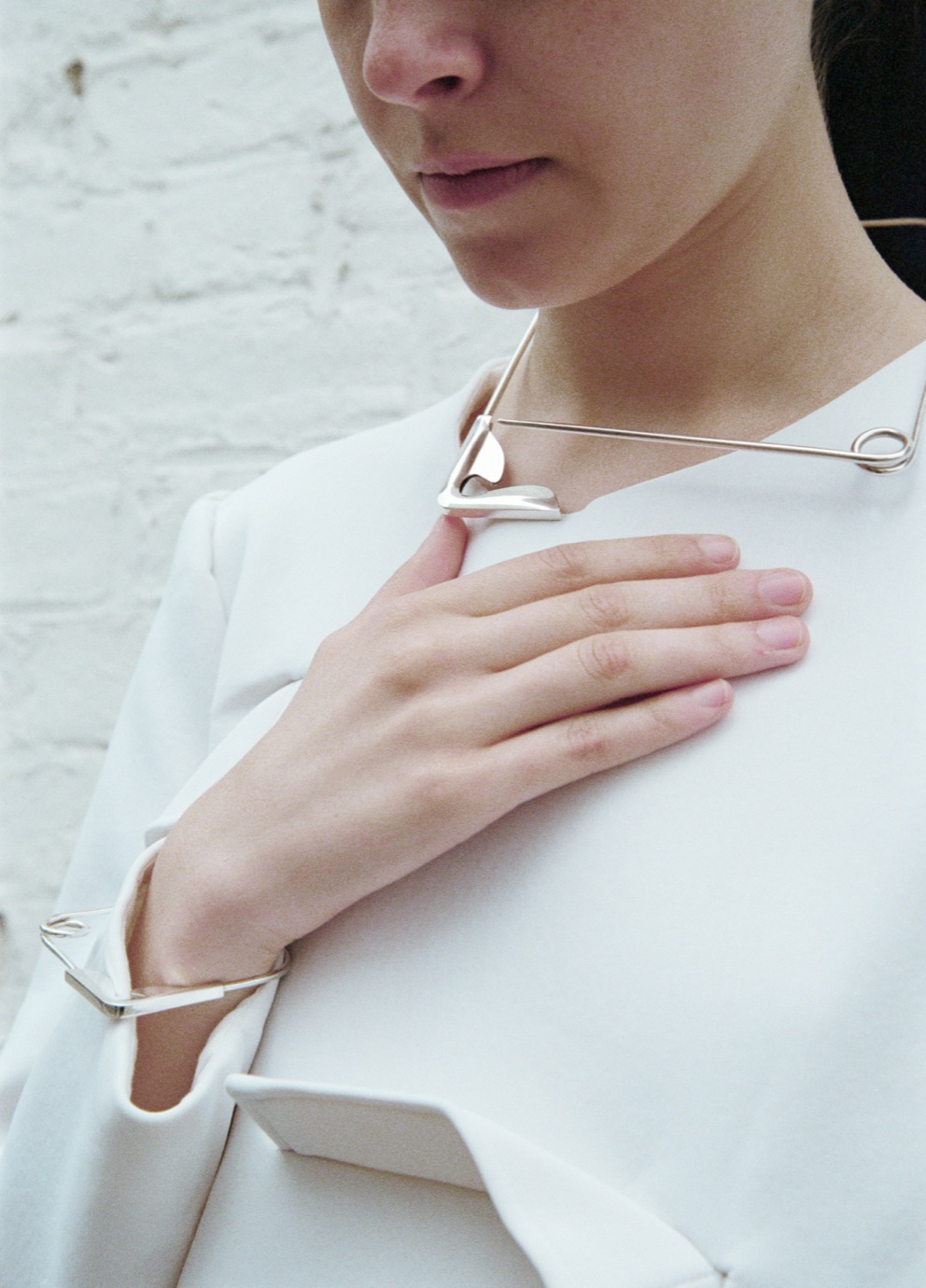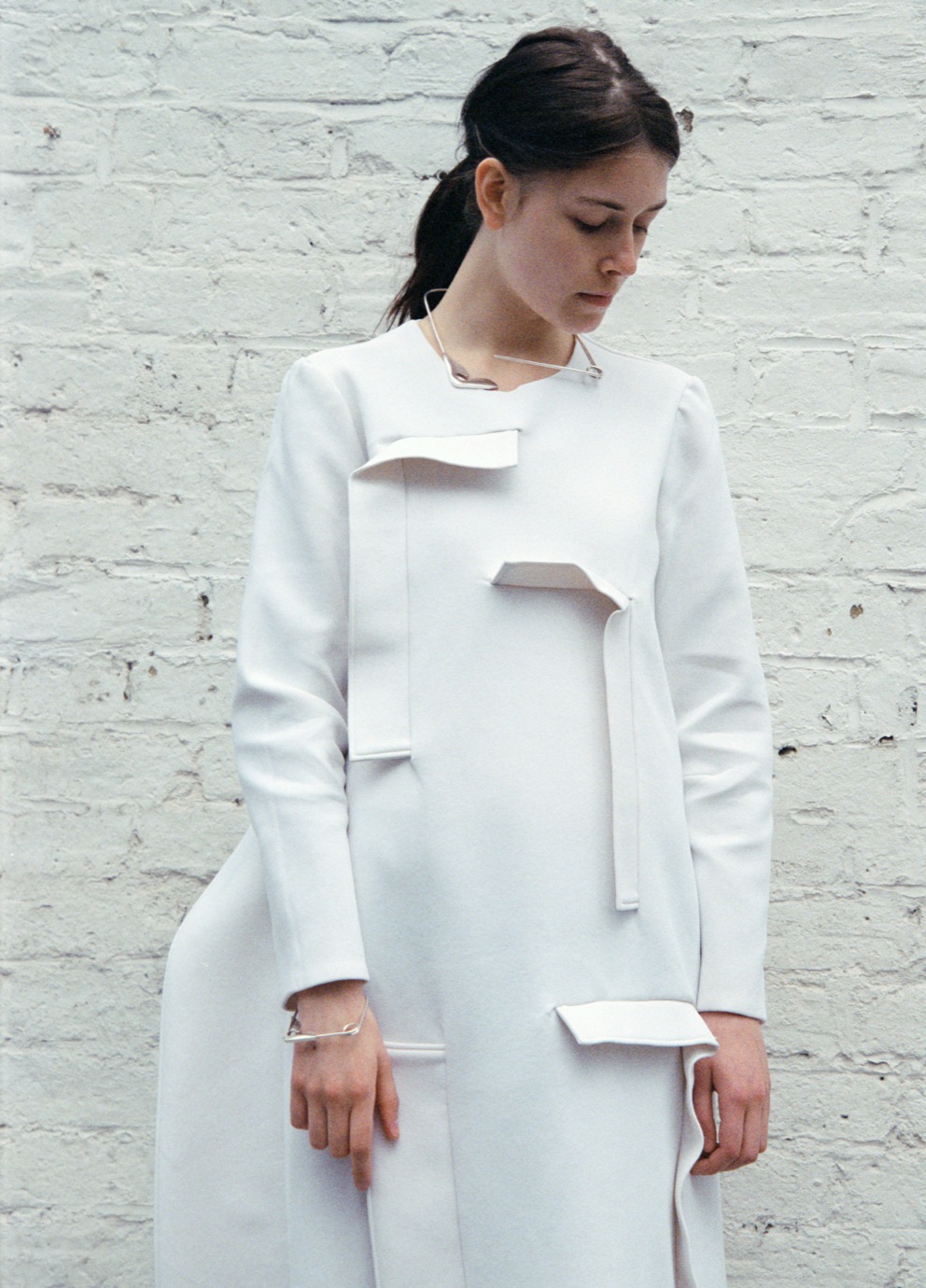“I PERCEIVE THE MEANING OF SHADOWS TO REFER NOT JUST TO PHYSICAL SHADOWS, BUT ALSO TO AN ELEMENT THAT IS IN THE BACKGROUND, AS A SHADOW THAT ASSISTS SOMETHING THAT PLAYS A LEADING ROLE.”
When was the last time that you thought that indeed, there is beauty in functionality? The attentive gaze of the second year BA Jewellery student Ami Masamitsu celebrates the value of broadly overlooked gadgets like earring backs and safety pins. The stability and simplicity that we find in the design of these objects, suggests that their elegance is related to the fact that they fulfill their purpose without effort.
For your glasses, in a gesture of extreme delicacy, you use pearls instead of nose pads. That makes me think about how important that surface of skin in-contact is…
Although nose pads are one of the most indispensable elements of eyewear design, the nose pad is purposefully designed not to stand out and always takes a back seat in the overall design of glasses. I wanted to take a different approach and celebrate nose pads and increase the value of this previously purely functional eyewear part and to do so I used a precious and beautiful material, fresh water pearl.
When talking about your background as a jeweller, you refer to In Praise of Shadows, a text by the Japanese Tanizaki. What do you think are the consequences of those cultures which consider that darkness cannot be inhabited?
I perceive the meaning of shadows to refer not just to physical shadows, but also to an element that is in the background, as a shadow that assists something that plays a leading role. Just as in a film or a play you would have an actor playing a lead role, but the supporting role is just as important.
When thinking about shadows for the theme of my project, I realised that Japanese culture and tradition constantly emphasizes the aesthetic beauty of objects that play a supporting role. For example, the tradition of a gaudier inside material of a jacket or a kimono that contrasts with the demure outside material; the use of Kurogo in Kabuki theatre; the presentation of multi-course Japanese meals, and the intricate beauty of a chopstick rest that supports its lead character; the chopstick.
Living outside of Japan in London for the past two years has enabled me to objectively look at my motherland. It has made me realise how innately creative the culture is because of its strong and ingrained focus on the intricate beauty of objects that play supporting roles in the daily lives of Japanese people.
*Kurogo: Stage assistants in Kabuki wear black from head to toe to imply that they are invisible and are not part of the onstage action. These Kurogo serve many purposes such as moving scenery and props and aiding scene and costume changes.
“I THINK THERE IS A BEAUTY IN THE REAL AND IMMINENT POSSIBILITY OF AN OBJECT BEING SUSCEPTIBLE TO BREAKING OR DISINTEGRATING.”
When talking about your background as a jeweller, you refer to In Praise of Shadows, a text by the Japanese Tanizaki. What do you think are the consequences of those cultures which consider that darkness cannot be inhabited?
I perceive the meaning of shadows to refer not just to physical shadows, but also to an element that is in the background, as a shadow that assists something that plays a leading role. Just as in a film or a play you would have an actor playing a lead role, but the supporting role is just as important.
When thinking about shadows for the theme of my project, I realised that Japanese culture and tradition constantly emphasizes the aesthetic beauty of objects that play a supporting role. For example, the tradition of a gaudier inside material of a jacket or a kimono that contrasts with the demure outside material; the use of Kurogo in Kabuki theatre; the presentation of multi-course Japanese meals, and the intricate beauty of a chopstick rest that supports its lead character; the chopstick.
Living outside of Japan in London for the past two years has enabled me to objectively look at my motherland. It has made me realise how innately creative the culture is because of its strong and ingrained focus on the intricate beauty of objects that play supporting roles in the daily lives of Japanese people.
*Kurogo: Stage assistants in Kabuki wear black from head to toe to imply that they are invisible and are not part of the onstage action. These Kurogo serve many purposes such as moving scenery and props and aiding scene and costume changes.
“I THINK THERE IS A BEAUTY IN THE REAL AND IMMINENT POSSIBILITY OF AN OBJECT BEING SUSCEPTIBLE TO BREAKING OR DISINTEGRATING.”
How do you relate fragility and craftsmanship? Is there an education of the hands of the artisan which is related to this capacity to create strong fragile objects?
I think that craftsmanship is one element that can help to emphasise and express the fragility of a piece of work or object. But I also don’t think an object always has to be strong and durable. I think there is a beauty in the real and imminent possibility of an object being susceptible to breaking or disintegrating, and this is where we can see the beauty in the fragility of something.
When people look at a fragile material, they are supposed to feel moved and inspired by such a delicate thing, but they don’t really understand why they are moved. People are educated in school to make and create objects that are practical, that last and don’t break, but why are we not also educated to create fragile things that easily break? There is actually a real beauty in fragility.
From reading the book “Fragile – A departure from weakness” by Japanese author Seigo Matsuoka, I learnt that the word fragility is not just a simply about the fact something is easily breakable, we should not be so narrow minded about the meaning of the word. It also has many different wider meanings expressing ideas such as unreliability, vulnerability, ambiguity, fluctuation, incompletion, exception, deficiency, fragment, partiality.
Where do you locate the border between art and decoration, if there is any?
There are no borders. Jewellery can be a piece of art but art can also be a piece of jewellery.
If you need to select a unique wearable piece to present a naked body, which would that be?
I think the naked human form is something that is exquisitely beautiful on its own and needs no decoration. The collarbone is nature’s very own beautiful necklace.


